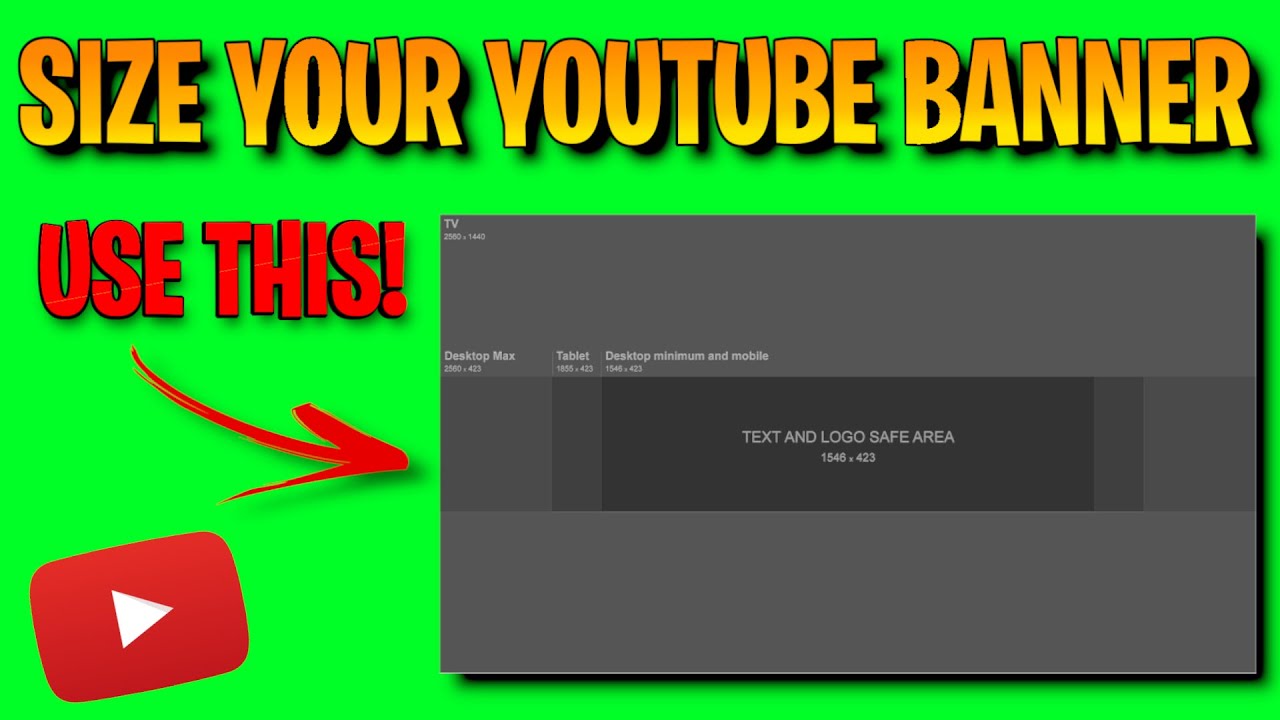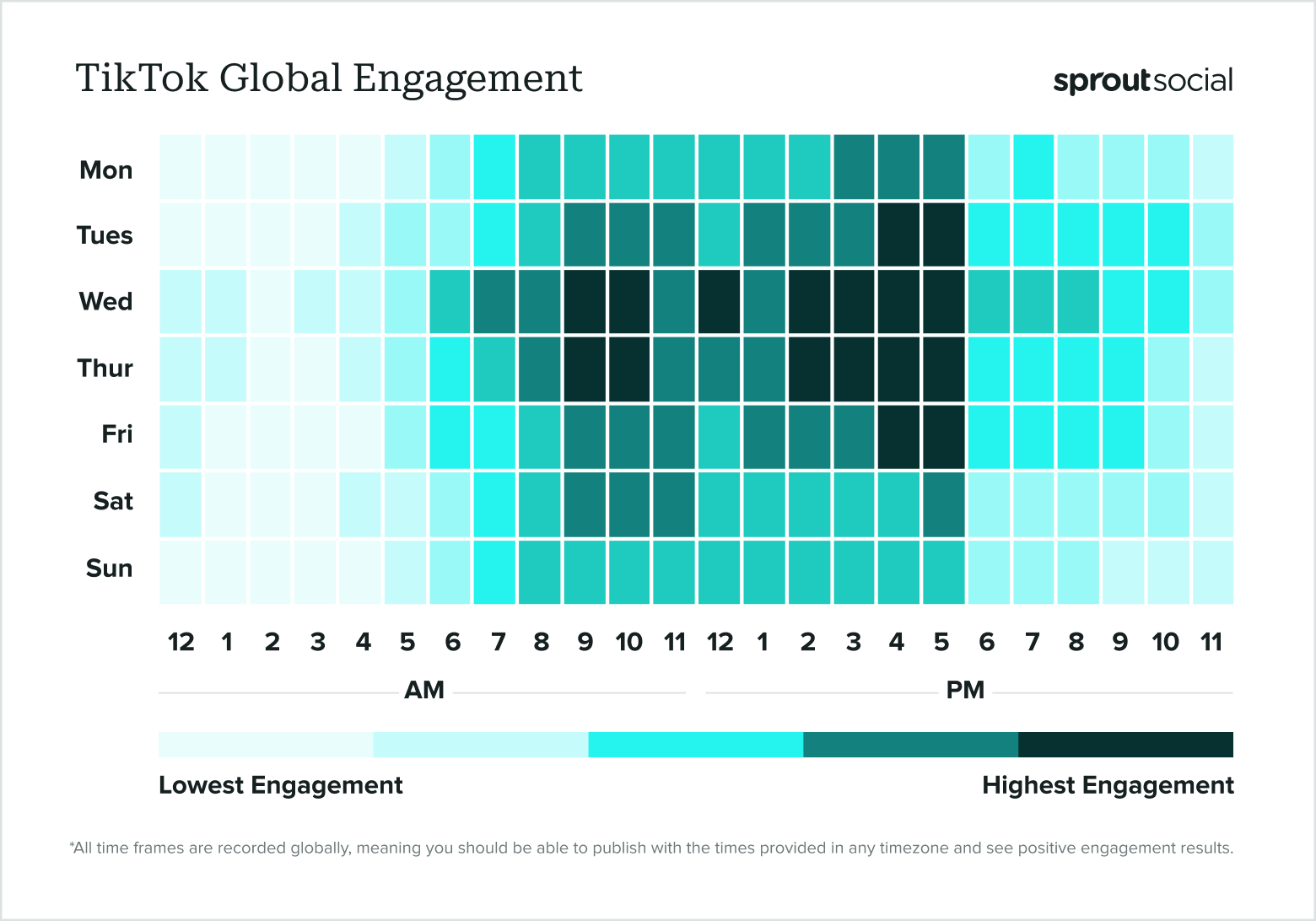The Ultimate Guide: YouTube Video Dimensions

In the vast landscape of online content creation, YouTube stands as a powerhouse, offering a platform for creators to showcase their talents and engage with a global audience. One crucial aspect that often determines the success of a video is its visual quality, and at the heart of this lies the choice of appropriate video dimensions.
Video dimensions, often overlooked by beginners, play a pivotal role in ensuring your content is not only visually appealing but also technically optimized for various devices and platforms. In this comprehensive guide, we will delve into the world of YouTube video dimensions, exploring the optimal sizes, aspect ratios, and best practices to ensure your videos shine across the digital realm.
Understanding YouTube Video Dimensions

Video dimensions refer to the width and height of a video frame, typically measured in pixels. On YouTube, these dimensions are crucial for ensuring your content is displayed correctly and maintains its visual integrity across different screens and devices. The choice of dimensions can impact the video’s clarity, aspect ratio, and overall viewer experience.
Aspect Ratios: The Key to Visual Balance
Aspect ratio is a critical concept in video production, representing the proportional relationship between the width and height of a video frame. On YouTube, the most common aspect ratios are 16:9 (widescreen) and 4:3 (standard), each offering distinct advantages depending on the content and intended audience.
The 16:9 aspect ratio, widely used in modern TV and cinema, provides a cinematic feel and is ideal for videos with a wide field of view, such as landscapes or action sequences. On the other hand, the 4:3 aspect ratio, reminiscent of older television sets, is often preferred for more intimate content or when a focused, centered composition is desired.
| Aspect Ratio | Description |
|---|---|
| 16:9 | Widescreen format, ideal for cinematic and immersive content. |
| 4:3 | Standard format, often used for more intimate or classic-style compositions. |

When selecting an aspect ratio, it's crucial to consider the nature of your content and the platform's guidelines. YouTube, for instance, recommends using the 16:9 aspect ratio as the default, ensuring compatibility with most devices and providing a visually appealing experience for viewers.
Standard YouTube Video Dimensions
While YouTube supports a range of video dimensions, certain standard sizes have emerged as industry favorites, offering optimal viewing experiences and ensuring compatibility across devices.
The most common YouTube video dimensions are 1920x1080 pixels (Full HD or 1080p) and 1280x720 pixels (HD or 720p). These sizes strike a balance between visual quality and file size, making them suitable for a wide range of content, from vlogs to professional video productions.
| Resolution | Width | Height | Description |
|---|---|---|---|
| 1080p | 1920 | 1080 | Full HD, offering high visual detail and clarity. |
| 720p | 1280 | 720 | HD resolution, a popular choice for online videos. |
The Impact of Resolution on Video Quality
Resolution, often denoted as p (pixels) in video specifications, refers to the number of pixels in a video frame. Higher resolutions result in sharper images with more detailed visuals, enhancing the overall viewing experience. However, it’s important to strike a balance, as extremely high resolutions can lead to larger file sizes, impacting upload and streaming times.
YouTube supports a wide range of resolutions, from 240p (426x240) to 8K (7680x4320), allowing creators to cater to various audience preferences and device capabilities. While higher resolutions are desirable, it's crucial to consider the trade-off between visual quality and file size, especially when dealing with longer videos or live streams.
Optimizing YouTube Video Dimensions for Different Devices

With the proliferation of various devices, from smartphones to smart TVs, optimizing video dimensions becomes increasingly important to ensure a seamless viewing experience across platforms.
Mobile Devices: A Growing Market
The rise of mobile devices has revolutionized content consumption, with a significant portion of YouTube viewership now coming from smartphones and tablets. To cater to this growing market, it’s essential to consider the smaller screen sizes and unique viewing experiences offered by these devices.
For mobile devices, YouTube recommends using the 16:9 aspect ratio, with a minimum resolution of 720p. This ensures a crisp and clear viewing experience, even on smaller screens. Additionally, optimizing video metadata, such as titles and descriptions, becomes crucial as viewers often discover content through search results on their mobile devices.
Smart TVs and Large Screens
On the other end of the spectrum, smart TVs and large-screen devices offer a unique viewing experience, often with higher resolutions and larger display areas. To cater to this audience, it’s beneficial to utilize higher resolutions, such as 1080p or even 4K (2160p), to ensure a visually stunning experience.
When producing content for smart TVs, it's essential to maintain a consistent aspect ratio throughout the video. Sudden changes in aspect ratio can lead to visual distortions or black bars, impacting the viewer's experience. By sticking to a single, well-chosen aspect ratio, you can ensure a seamless and enjoyable viewing journey.
YouTube’s Adaptive Streaming Technology
YouTube employs advanced adaptive streaming technology, automatically adjusting the video quality based on the viewer’s internet connection and device capabilities. This technology ensures that videos are delivered at the highest possible quality without compromising on streaming performance.
By leveraging adaptive streaming, creators can upload their videos in high resolutions, confident that YouTube's platform will deliver the content at the optimal quality for each viewer. This technology is particularly beneficial for live streams, ensuring a smooth and reliable viewing experience, even with varying network conditions.
Best Practices for YouTube Video Dimensions
To ensure your YouTube videos shine and engage your audience, it’s essential to follow some best practices when it comes to video dimensions and aspect ratios.
Consistency is Key
Maintaining a consistent aspect ratio throughout your videos is crucial for a professional and polished look. Sudden changes in aspect ratio can disrupt the viewer’s experience and detract from the content’s visual appeal. Aim for a consistent composition, ensuring your videos maintain a uniform look across your channel.
Utilize YouTube’s Recommended Dimensions
YouTube provides creators with a wealth of resources and guidelines, including recommended video dimensions. By adhering to these recommendations, you can ensure your content is optimized for the platform and delivers the best possible viewing experience. YouTube’s guidelines are based on extensive research and user feedback, making them a reliable benchmark for video production.
Consider the Purpose of Your Content
The choice of video dimensions should be guided by the nature and purpose of your content. For instance, if you’re creating a series of short, snappy clips for social media, a lower resolution may be sufficient. On the other hand, for educational content or detailed tutorials, higher resolutions can enhance the viewer’s understanding and engagement.
Optimize for Different Platforms
While YouTube is a primary platform for many creators, it’s essential to consider other social media platforms and their unique guidelines. For instance, Instagram Stories have specific dimensions and aspect ratios, and optimizing your content for these platforms can expand your reach and engage a wider audience.
Test and Analyze
Finally, don’t underestimate the power of testing and analytics. YouTube provides creators with valuable insights and analytics, allowing you to understand how your videos perform and how viewers engage with your content. By analyzing these metrics, you can make informed decisions about your video dimensions and optimize your channel’s performance over time.
Conclusion: Elevating Your YouTube Presence
In the dynamic world of online content creation, mastering the art of YouTube video dimensions is a crucial step towards elevating your channel’s presence and engaging your audience. By understanding the importance of aspect ratios, resolutions, and device compatibility, you can create visually stunning content that resonates with viewers across various platforms.
Whether you're a seasoned creator or just starting out, this guide has provided you with the tools and knowledge to optimize your YouTube videos. Remember, the key lies in striking a balance between visual quality and technical considerations, ensuring your content shines brightly in the digital realm.
How do I choose the right aspect ratio for my YouTube videos?
+
The choice of aspect ratio depends on the nature of your content. For a cinematic feel or wide-angle shots, 16:9 is ideal. If you’re creating more intimate or centered compositions, the 4:3 aspect ratio might be more suitable. Consider your content’s style and audience preferences when making this decision.
What are the recommended video dimensions for YouTube?
+
YouTube recommends using the 16:9 aspect ratio with a minimum resolution of 720p. However, for higher-quality content, you can opt for 1080p or even 4K resolutions, depending on your video’s length and complexity.
Can I change the aspect ratio of my videos after uploading them to YouTube?
+
Yes, you can adjust the aspect ratio of your videos on YouTube. Go to your video manager, select the video, and click on the “Edit” button. From there, you can choose the desired aspect ratio and YouTube will automatically crop or add black bars to fit the new dimensions.
Are there any disadvantages to using higher resolutions for YouTube videos?
+
Higher resolutions can lead to larger file sizes, which may impact upload and streaming times, especially for longer videos or live streams. Additionally, viewers with slower internet connections may experience buffering or lower-quality playback. It’s important to strike a balance between visual quality and file size.



